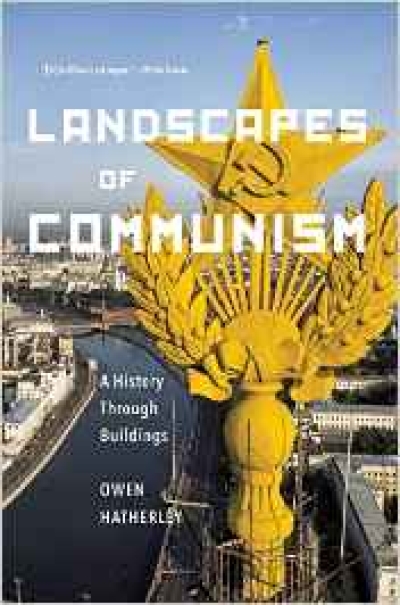
Landscapes of Communism. A History Through Buildings
In Landscapes of Communism, acclaimed cultural commentator Owen Hatherley offers a very different narrative of Eastern Europe to the familiar image of Stalinism and the Stasi, cold-war espionage, forbidding architecture ('Soviet' and 'Eastern Bloc' are commonly used as pejoratives for anything large and made of concrete), the sex industry, stag parties and immigration.
As Hatherley shows, the region's architecture tells the story of two of the twentieth century's most wide-ranging political experiments: full-scale socialism post-1945 and, after 1989, neo-liberal capitalism. Hatherley travels through the region's immense boulevards, monumental, windswept squares and crumbling apartment blocks, exploring the original ideals behind their creation and asking what we can learn from them today.
From Warsaw to Berlin, Kiev to Moscow, this is a passionate journey in search of the true meaning of cities and the ways in which they reflect our values and shape our lives.
Owen Hatherley is the author of the acclaimed Militant Modernism, a defence of the modernist movement, and A Guide to the New Ruins of Great Britain ('A book of finespun rage . . . a book that had to be written. Wittily, bitterly, pithily, mostly accurately, Hatherley tells it how it is' - Rowan Moore, Observer; 'Fear and loathing in lost Albion riffed by a quainter version of Hunter S. Thompson' - Jay Merrick, Independent). He writes regularly on the political aesthetics of architecture, urbanism and popular culture for a variety of publications, including Building Design, Frieze, The Guardian and The New Statesman.
'In the craven world of architectural criticism Hatherley is that rarest of things: a brave, incisive, elegant and erudite writer, whose books dissect the contemporary built environment to reveal the political fantasies and social realities it embodies.' Will Self
9781620971888 HC

































































































